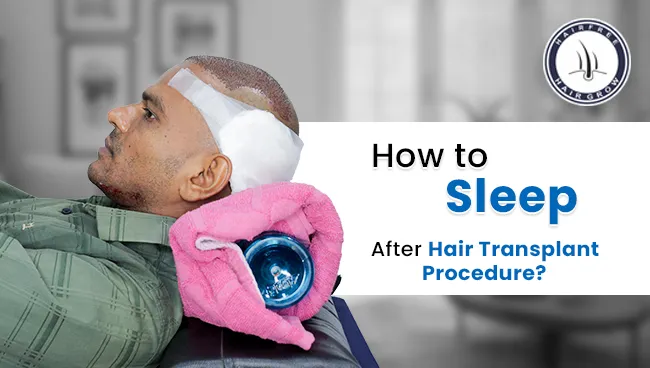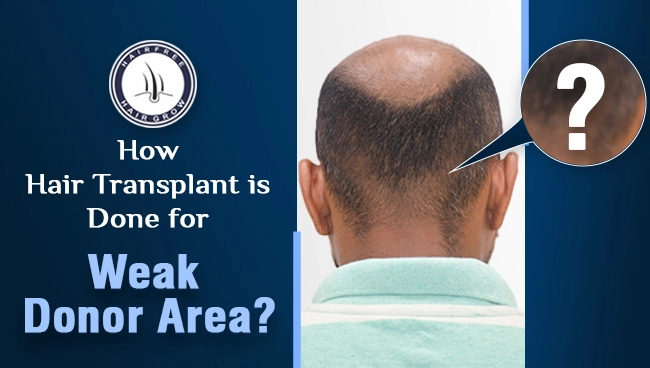Insurance usually doesn’t pay for stuff like hair transplants if it’s just for looks. They typically cover things that are necessary for your health, not just to change how you look. Does insurance cover hair transplants? Here’s the information you need to know.
However, if your hair loss is because of a medical problem like a disease or treatment like chemotherapy, then there’s a chance insurance might help cover the cost because it’s not just about looks anymore—it’s about your health.
Also, if you have an injury or illness that caused a problem with your appearance, like a scar or something, insurance might chip in to fix that too.
So, in short, insurance might cover a hair transplant if it’s for health reasons, not just to look better.
Types of Insurance That May Cover Hair Transplants
So, when it comes to getting insurance coverage for a hair transplant, it’s usually rare for your regular health insurance to foot the bill. But fret not, there are some other avenues you can explore for potential coverage.
Sometimes, certain employer-provided health plans do include coverage for cosmetic procedures like hair transplants if they’re deemed medically necessary. It’s worth checking with your HR department or insurance provider to see if this applies to you.
Moreover, there are supplemental insurance policies offered by some companies that cater to covering cosmetic procedures like hair transplants. Keep in mind that these policies might be a bit pricey and could have a waiting period before they kick in, but they could be an option if you’re looking to use insurance for your hair transplant.
Conditions for Insurance Coverage for Hair Transplant
When it comes to insurance coverage for a hair transplant, there are specific conditions that may need to be fulfilled for the procedure to be eligible for coverage. For instance, your insurance policy could demand a letter from a doctor affirming that the hair transplant is crucial for medical reasons. Additionally, some policies might stipulate that the procedure must be carried out by a designated provider or at a specific facility to qualify for coverage.
It’s crucial to carefully examine your insurance policy to grasp the specific conditions that need to be met for your hair transplant to be covered. By understanding these requirements, you can navigate the insurance process more effectively.
How to Determine if Your Insurance Covers Hair Transplants?
Want to know if your insurance covers a hair transplant? Check your policy documents carefully. Look for any info about cosmetic procedures and see if hair transplants are mentioned. If you’re still unsure, just contact your insurance company and ask them directly. They’ll be able to tell you what’s covered and what’s not.
Steps to Take When Filing a Claim for a Hair Transplant
If your insurance covers a hair transplant, here are the steps to follow when filing a claim:
- Get Your Doctor’s Statement: First, ask your doctor to confirm that the hair transplant is medically necessary. They’ll provide you with a document stating this.
- Contact Your Insurance Company: Reach out to your insurance provider to find out what paperwork they need for your claim. They might ask for medical records, bills, or other documents.
- Collect Required Documents: Gather all the paperwork your insurance company needs. This includes the doctor’s statement, medical records, and any invoices you received.
- Submit Your Claim: Once you have everything, send it all to your insurance company. They’ll review your claim to see if the hair transplant is covered under your policy.
- Wait for Response: Your insurance provider will look into your claim and let you know if they’ll cover the procedure. If they do, they’ll pay for the part that’s covered by your policy.
By following these steps, you’ll have a better chance of getting your hair transplant covered by your insurance.
Written By
MBBS, DNB
Dr. Preeti Kantwala specializes in hair restoration and provides expert insights into the question, Does Insurance Cover Hair Transplants? With extensive experience, she guides patients on treatment options, costs, and insurance coverage to make informed decisions about their hair transplant journey.
Disclaimer
We’ve made all possible efforts to ensure that the information provided here is accurate, up-to-date and complete, however, it should not be treated as a substitute for professional medical advice, diagnosis or treatment. See Detailed Disclaimers Here.













